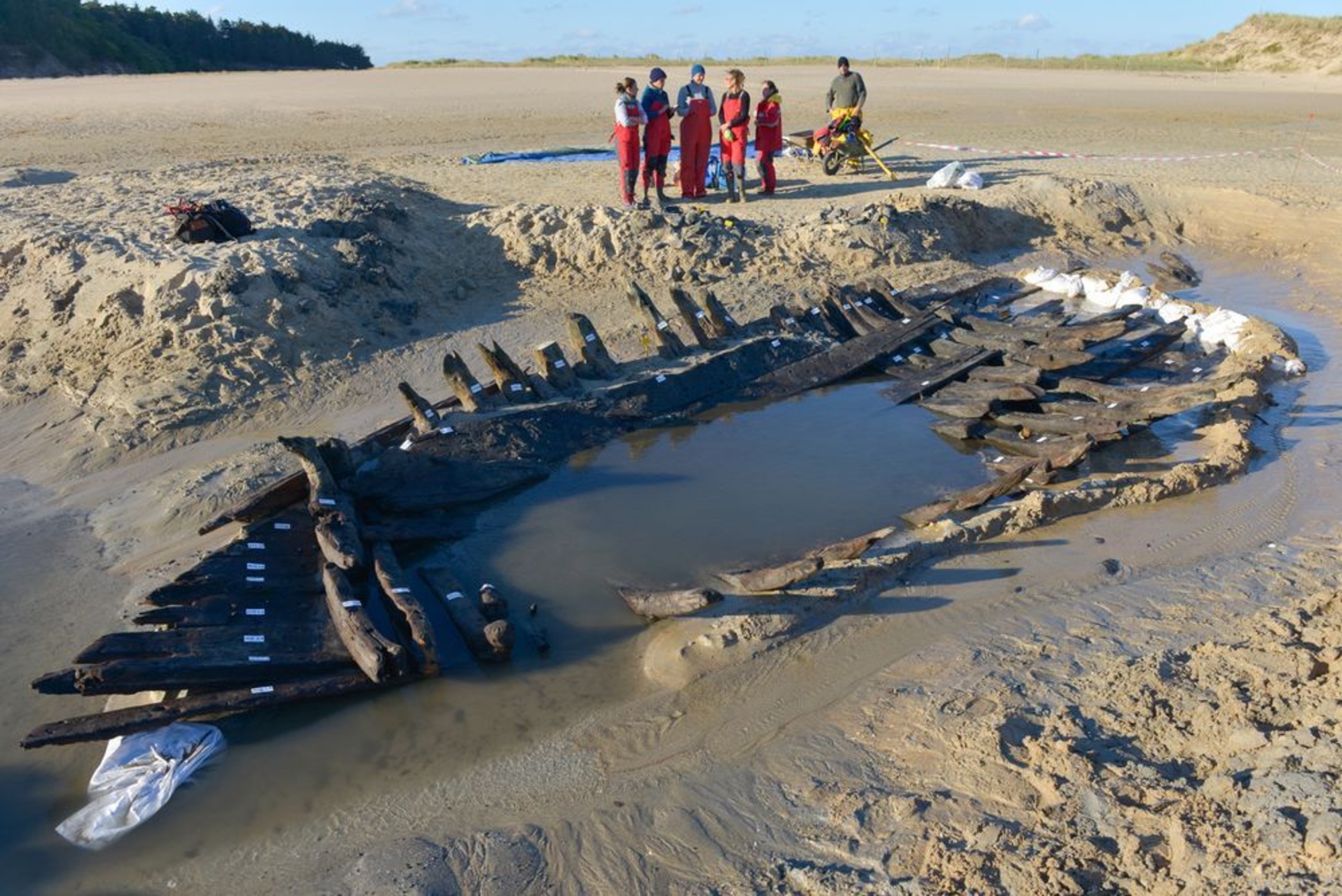
- Home
- Exploring the shoreline
- Foreshore Under Threat
The archaeological study of sites on the foreshore encounters numerous obstacles. Also known as the intertidal zone, the foreshore can be defined as the maritime zone which lies between the highest and lowest reaches of the tide.
Reasons to be concerned
Changes to the climate, coastal erosion and coastal developments all have grave consequences for foreshore sites. The ebb and flow of the tide, storms and the ever-changing coastline combine to make the intertidal zone a very difficult place to excavate. It can be approached from the sea or from the land, but neither is entirely satisfactory. Consequently, DRASSM endeavours to develop techniques and methods for surveying and, if necessary, studying such sites; however the number of archaeological deposits under threat of destruction is increasing relentlessly.
Action is needed
The authorities in France have yet to create a fund to finance rescue operations and so, in the absence of any temporary solution, we can expect to see many foreshore sites disappear. And time is of the essence because climate change is significantly increasing the occurrence of extreme weather events, such as the ones that pummelled France’s west coast in 2013/4. The situation is particularly unfortunate given that foreshore sites span the ages, from the Palaeolithic to the present day. For example, there are concentrations of megaliths and sites of archaeological occupation, necropolises, fish weirs, wrecks of wooden or metal boats, and the remains of aeroplanes, tanks and defensive works built for the Atlantic Wall. It is likely that DRASSM and the teams of researchers who endeavour to save these precious archaeological sites will be overwhelmed by a ‘flood’ of rescue operations in the near future.


